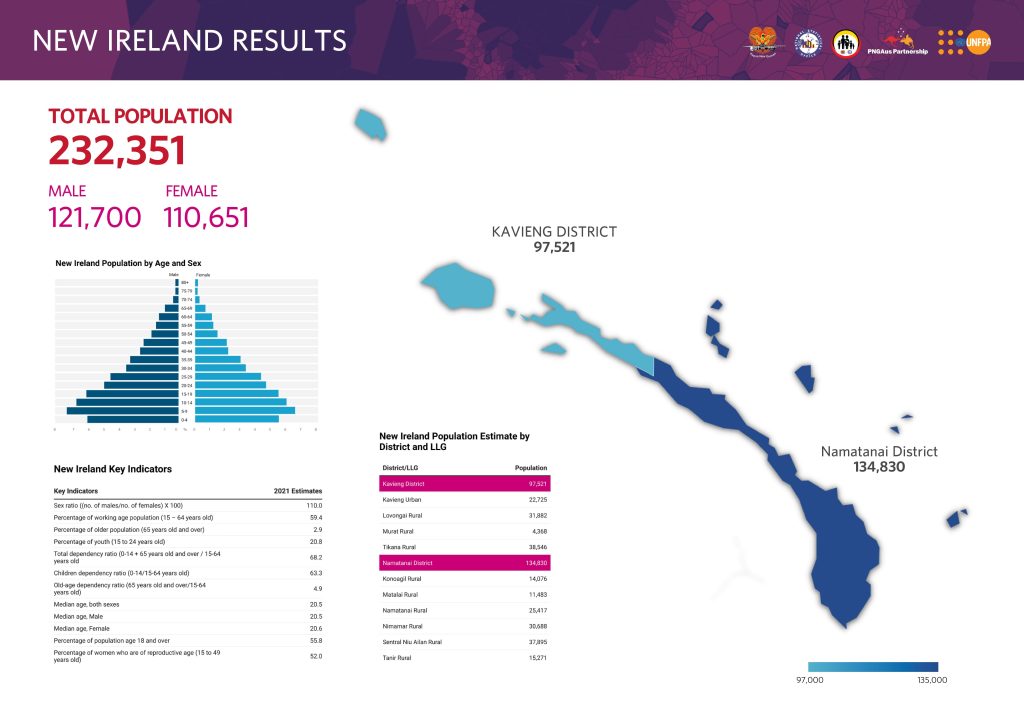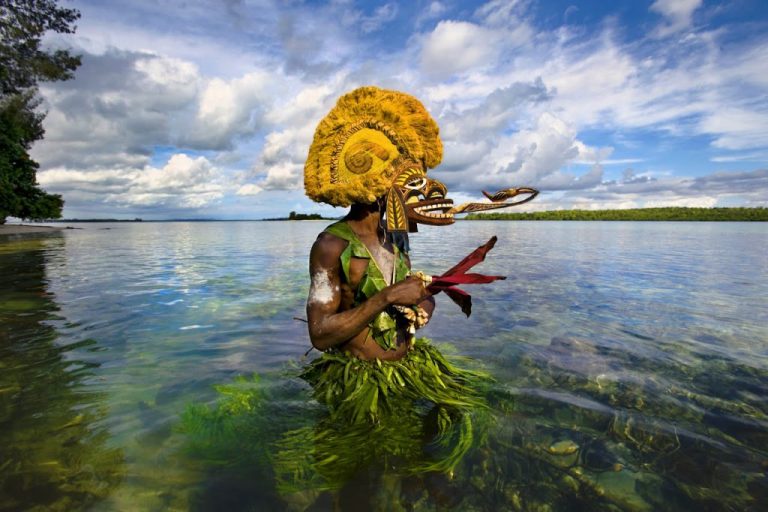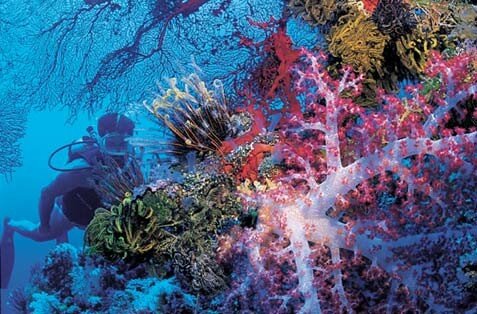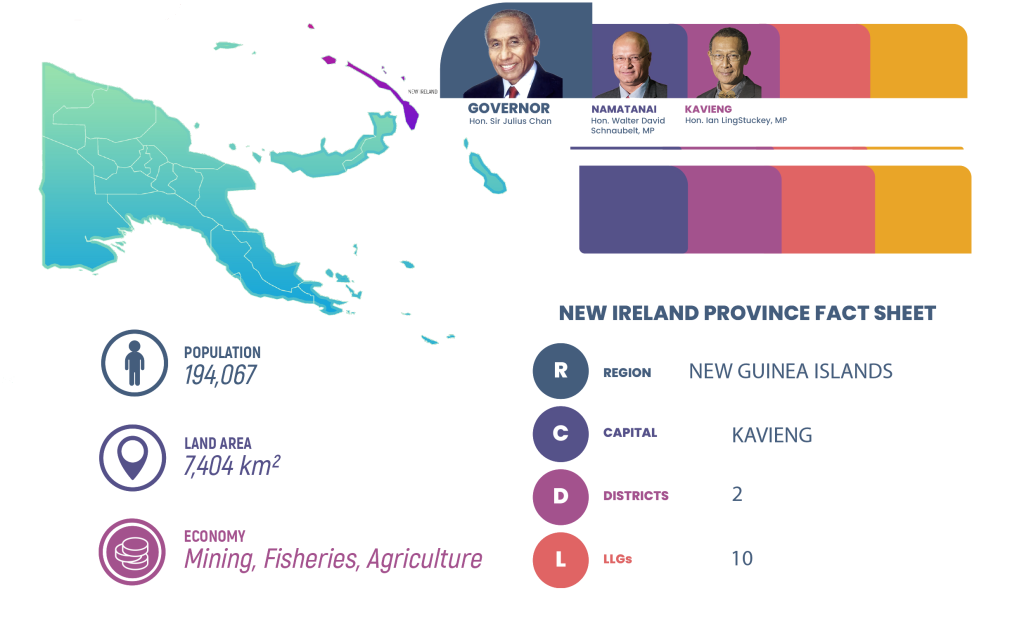
2021 Estimated Statistics
OUR PROVINCE
New Ireland Province is a province located on the eastern coast of the island of New Ireland in Papua New Guinea. It is one of the 22 provinces of the country and covers an area of approximately 9,600 square kilometers. Here are some key aspects of New Ireland Province:
The provincial capital of New Ireland is Kavieng, which is also the largest town in the province. Other major towns include Namatanai, which serves as the administrative center for the Namatanai District, and the coastal town of Konos.
The province is characterized by lush rainforests, coral reefs, pristine beaches, and scenic mountains. It is rich in natural resources, including minerals such as copper, gold, and nickel, as well as timber and fisheries.
The economy of New Ireland Province is mainly driven by agriculture, fishing, mining, and tourism. The fertile land supports the cultivation of crops such as cocoa, copra, coconut, vanilla, and various fruits and vegetables. Fishing is an important industry, with the province being known for its rich marine resources. Additionally, small-scale mining activities contribute to the local economy.
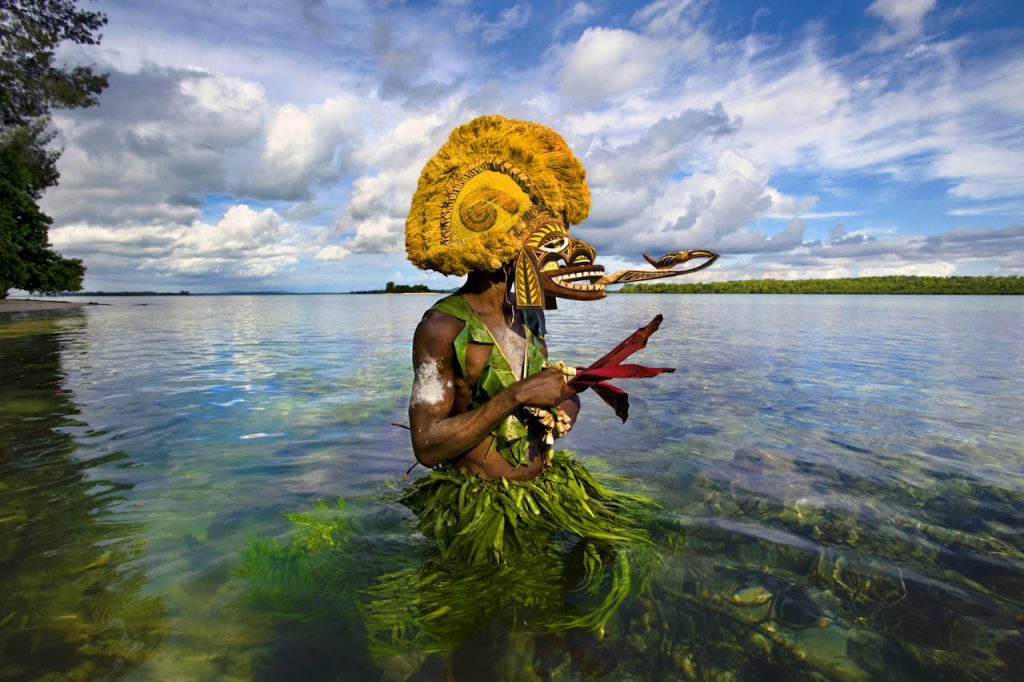
Provincial Government
New Ireland Province has its own provincial government, responsible for the administration and provision of services within the province. The provincial administration works towards the development of the province and the welfare of its residents.
New Ireland Province is home to several indigenous communities, each with its own unique culture and traditions. The local people, primarily from the Malagan and Tabar Islands, have a rich artistic heritage, known for their intricately carved Malagan masks and other traditional artworks.
New Ireland Province is gaining recognition as a tourist destination, attracting visitors with its pristine beaches, coral reefs, and cultural experiences. Popular activities for tourists include scuba diving, snorkeling, surfing, fishing, and exploring the traditional villages and cultural sites
.
The province has basic infrastructure such as roads, airports, and ports, although access to services and infrastructure may vary in more remote areas.

